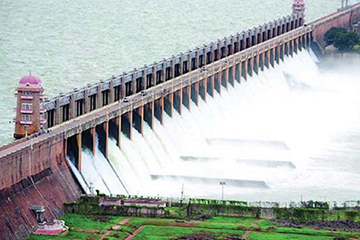In & Around Ballari
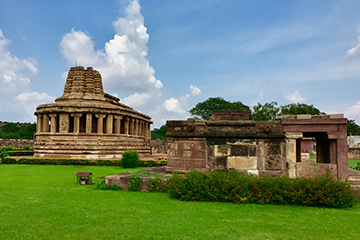
Aihole
Aihole is a historical town situated on the banks of Malaprabha River in Bagalkot district of Karnataka. Earlier, this historical town was also called as "Ayyavole" and "Aryapura". Aihole was once capital of the early Chalukyan dynasty (6th to 8th centuries).
Aihole is rewarded as "the cradle of Hindu rock architecture". There are about 125 temples divided into 22 groups spread all over the villages and nearby fields. Most of these temples at Aihole were built between the 6th and 8th centuries.
Badami
Badami Cave TempleBadami is truly famous for its Cave Temples that date back to the 6th and 7th centuries. Located at Badami in Bagalkot district of Karnataka, Cave Temples represent the fine architectural style of the ancient times. The nearest airport to Badami is located in Belgaum.
Belgaum lies at a distance of 150 kms from Badami and one can easily reach the cave temples by hiring taxis. Various tourist buses and coaches are also available throughout the state of Karnataka. Badami is sited at the orifice of a gorge that is fringed by two rocky hills.
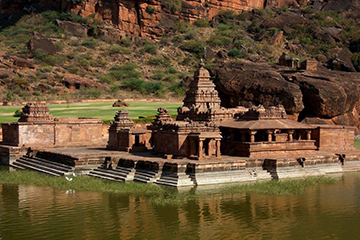
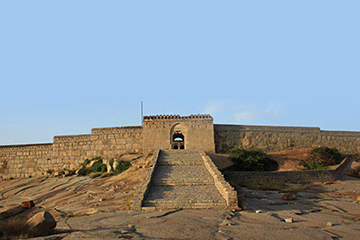
Ballari-fort
Ballari Uphill fort or Bellary fort as it is also known by is the fort located in the city of Bellary in Karnataka. The fort is built in two parts- the lower fort and the upper fort. The fort was built by the Hanumappa Nayaka, who was the feudatory of the illustrated Vijayanagara Empire. The lower side of the fort was later on built by Hyder Ali late into the 18th century.
Hampi
Hampi is a small ancient village in present day Karnataka bordering on the fringes of neighbouring state Andhra Pradesh. It is another addition to the list of UNESCO recognized World heritage sites from Karnataka, for its group of temple ruins here along with Badami.
Hampi was the capital of the prosperous Vijaynagara Empire in the 14th century. Documented records by contemporary foreign travellers reveal Hampi to be a major seat of trade and commerce along with an established system of livelihood with agricultural farms and balanced by spirituality with its vast sophisticated and elaborate temple complex. It was a grand and regal city by the banks of the Tungabhadra and attracted many foreign traders and travellers because of its prosperity.
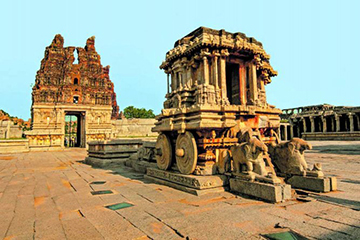
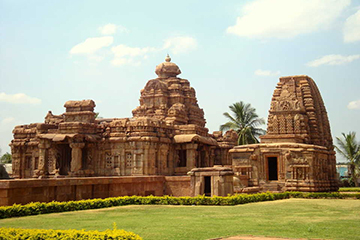
Pattadakal
Pattadakal in northern Karnataka is a complex series of Jain and Hindu temples predating the 6th century AD, almost forming distinct system. These sites of the temple systems have been recognized and designated as World Heritage Sites by UNESCO. Northern Karnataka itself is a hub of many historical remains and artefacts and Pattadakal is about 16 kilometres from another World heritage site called Badami which also boasts of being home to archaeological excavations and temple ruins.
TB-Dam
The Tungabhadra Dam is constructed across the Tungabhadra River, a tributary of the Krishna River. The dam is near the town of Hospet in Karnataka. It is a multipurpose dam serving irrigation, electricity generation, flood control, etc. This is a joint project of erstwhile Hyderabad state and erstwhile Madras Presidency when the construction was started; later it became a joint project of Karnataka and Andhra Pradesh after its completion in 1953.
The dam creates the biggest reservoir on the Tungabhadra River with 101 thousand million cubic feet (tmc) of gross storage capacity at full reservoir level (FRL) 498 m MSL, and a water spread area of 378 square kilometres. The dam is 49.5 meters high above its deepest foundation.
